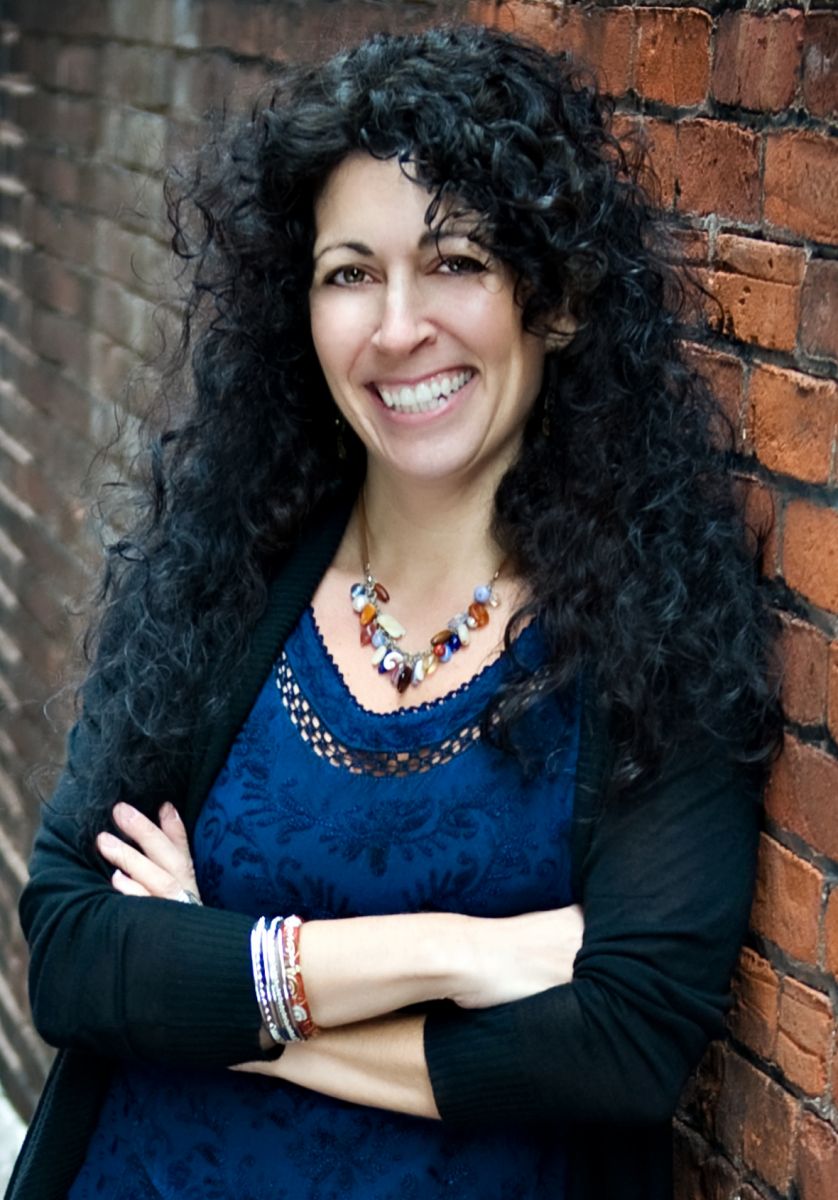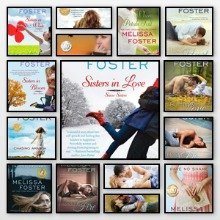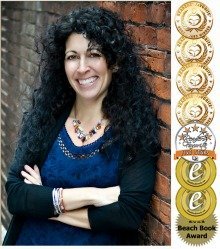Are eBooks Too Cheap?: Indie Authors Question 99 Cent Price

By Melissa Foster (published in Huffington Post)
There’s a lot of controversy circulating throughout the publishing industry about the pricing of ebooks, and it’s a significant topic that warrants discussion. Independent authors are rallying around the controversial 99-cent price point. Some authors feel the 99-cent price point devalues their hard work, while others feel that readers will not take a chance on new authors at a higher price point. To further complicate the matter, it’s not just new authors that are using the 99-cent strategy, and the issue doesn’t only affect independent authors, but publishing houses and agents as well.
Readers are scooping up ebooks for 99 cents, that alone speaks of a demand for material at that price point. After all, to some readers, an ebook is seen as nothing more than a download. Many authors spend a year or more writing their books, and 99 cents seems ridiculously low and unfair. At the same time, an ebook for $9.99 seems equally unfair to the reader.
Let’s look at the dollars and cents of the 99-cent price point for independent authors. If an author is self-published through Amazon KDP, he or she earns 34 cents per 99-cent book sold. Not only do authors put time and energy into their writing, there are other associated costs to publishing a quality book, including cover artists ($125-3000), editors ($800-5000), marketing, etc. If you add up the average cover cost of $350, average editing job of $1400, then divide by 34 cents, the author would have to sell 5,134 books just to break even, and that’s nearly impossible without an additional amount for advertising. This would also assume that the author receives no income for actually writing the book. Most independent authors will sell less than 100 copies of their ebooks.
What about the author published through a small press? For that author, that 34 cents in earnings is reduced to roughly 12 cents per book.
Traditional publishers cannot even begin to price books at 99-cents, as they have far too much overhead to do so. In addition, how can a publisher sell a hardback book for $26 if the ebook version is 99 cents?
I often hear readers say, “Look how many books they sell. [Authors] earn enough money.” An author published through a small press that sells 100,000 ebooks at 99 cents, earns an annual salary of $12,000. To earn $40,000 per year, that author would have to sell 333,333 books per year. According to the recent Wall Street Journal article, there are only 30 authors have sold over 100,000 copies of their books (I am proud to be included in this number, and lucky that not all of my books were priced at $.99), and only a dozen have sold over 200,000.
Why, then, do authors post their books at such a low price? Darcie Chan, bestselling author of The Mill River Recluse, states, “Since I had never published anything before and was completely unknown as a writer, I thought the 99-cent price point would be best to encourage readers to give my novel a chance. It’s true that the royalty rate at that price point is much lower, but I saw foregoing some royalty income as a tradeoff. I decided that the 99-cent price would be an investment in my future writing endeavors and would give me the best chance at meeting my goals of gradually building a readership and getting some feedback on my work.”
New independent authors typically have neither a following nor a publishing company behind them singing their praises. They don’t have a readership beyond friends and family. In most cases, independent authors also work at full-time jobs, so getting their names out to readers, so that they have enough recognition and can earn enough from the sale of their books to quit their day jobs and concentrate on their real career in writing, is their main focus and a very difficult task. Bringing books down to 99 cents throws them into the “impulse buy” category, allowing their work to get into hands of far more readers. There are many websites that will promote bargain-priced ebooks with free exposure, so it’s no wonder that the low price point is difficult to ignore. Independent authors are simply willing to take the price hit in the hope that fans of the 99-cent books read their work and follow them to the next book, and the one after that, and the one after that.
It would appear that there are many benefits of pricing a book at 99 cents. An author might gain bestseller status, like Darcie Chan, but is this a good method for permanent pricing? That depends upon what the author hopes to gain.
According to Melissa Miller, President of Solstice Publishing, “99-cent pricing on amazon is a good promotional tool. For example if an author has a series and they aren’t selling very well they could drop book one down to 99 cents in the hopes that it will bring sells for the rest of the series. I would suggest dropping the price to 99 cents on a book for a short time. The other thing to understand is that the price is only a tool. Just because the book is 99 cents doesn’t guarantee that the book will sell. It still has to be marketed and promoted at any price. As a publisher I’ve seen books priced 99 cents sell 60K copies and I’ve seen books priced at that and sell none. It’s all about the marketing and promoting of a book no matter what the cost is.”
At what point does one have enough books sold to raise their price? Darcie Chan’s price remains at 99 cents even after selling 400,000+ copies. Many authors are afraid to raise their price, fearing their sales will plummet. Have books really become that undervalued? Does price make a difference in sales? I can only speak from experience. I sold over 60,000 copies of Chasing Amanda during the month of October at 99 cents. I changed my price to $2.99 while continuing the same marketing efforts, and my sales dropped to the 20,000 range in November. Dollars and cents? Had I self-published, I could have earned twice the income with 1/3 the volume of sales.
The difference in royalty earnings between a self-published book at 99 cents through KDP and a $2.99 book through KDP is roughly $1.66 per book. As an author, that $1.66 is significant. As a reader, that $1.66 is probably less significant. Who wouldn’t pay $2.99 for a book? Aren’t we used to paying $22 for a hardcover book? The contents of the book are the same whether in hardback, paperback, or digital format. The research, time, and hard work are identical. The only difference is the way in which the content of the book is presented. It seems that $2.99 is a steal! At $1.66 per book, authors need to sell only 24,100 books, or 2008 per month to earn $40,000 per year, not a stellar salary by any means, but enough to make writing more than just a passion. Remember, most indie authors are not selling 2000 copies of their books per month–they’re lucky to sell 50.
We should also consider the downside to the 99-cent price point. Independent authors are often trying to attract agents by selling many books. According to Jenny Bent, esteemed literary agent and owner of The Bent Agency, the 99-cent price point is not an easy sale to publishers. “As an agent, I am always interested in a successfully self-published e-book, no matter the price point. I am finding, however, that publishers are increasingly skeptical about how success at .99c will translate into success using their very different business model.”
The Wall Street Journal cites the new no-discount digital pricing model used by the big six publishers. Within this business model digital prices are set by the publishers and retailers are not able to discount those prices for the consumer. Publishers are also trying to find their way in this digital literary world. One would assume that large publishers are hoping that by setting a standard for ebook pricing, readers will continue to pay what they were used to paying for the same read—not necessarily the same product. After all, you can’t dog-ear an ereader. Maybe that standard needs to be set in order for the traditional publishing industry retain the same revenue stream. Perhaps readers will purchase their favorite author’s ebooks for $12.99 if that is their only option, or if it’s the most convenient option. How will this pricing model fare against the 99-cent price point? Will this pricing structure push readers to discover more independent, lower priced authors? Only time will give us the answer.
There are a few more issues to consider when pricing an ebook at 99 cents. There seem to be two different schools of thought when it comes to ebook readers: there are those who will only buy 99-cent books, and those who refuse to buy 99-cent books, with the latter group fearing that the cheaply priced book must be of poor quality. Then there’s the belief that pricing simply doesn’t matter, as stated by bestselling author, M.J. Rose, “”The emphasis is on the wrong thing. Readers may buy you once for 99c but if they are disappointed they will never buy you again or even download you for free. On the other hand a reader will pay $4.99, $5.99 even up to $12 for an ebook of a writer whose work speaks to her. I’m seeing way too much conversation about what to charge for the book instead of how to write the book. My goal is to write a book so good that a reader will talk about the book and recommend it to all their friends. Quality matters more than ever.” The great quandary in this theory for the independent author is gaining the exposure it would take for those readers who have no issue paying $4.99 for an ebook, to take the leap and try an independently publishing book for that price, when the competition has set the pricing bar so low. Or is this a quandary at all? Perhaps a major marketing blitz could show a rise in sales.
Making a dent in the publishing world is a difficult process. Getting the attention of agents and readers is an even more difficult endeavor. With over 1.5 million ebooks in the world and more being published everyday, authors have to be creative with their marketing and smart with their pricing. We’re all still learning about pricing in this digital age—the authors, agents, publishers, and even readers. The 99-cent price point will be debated for a very long time. With John Locke and Amanda Hocking selling over a million ebooks, it gives hope to other new authors. The next question is, why are bestselling authors leaving their books priced at 99-cents? Is it lack of confidence in their products, lack of buying power in this defective economy by consumers, or simply to remain competitive in this unsure world of ebook pricing? Or perhaps, because they are smarter than the rest of us and simply want to put the world on notice that ebook buyers at every level want to read their work. What’s the next step in the pricing debate as it relates to Indie authors’ success? Becoming a bestselling independent author with books consistently priced above 99 cents.
 Article written by Melissa Foster, New York Times & USA Today bestselling and award-winning author, founder of Fostering Success, World Literary Café, and The Women’s Nest. Melissa writes contemporary romance, new adult, contemporary women’s fiction, suspense, and historical fiction with emotionally compelling characters that stay with you long after you turn the last page. Her books have been recommended by USA Today’s book blog, Hagerstown Magazine, The Patriot, and several other print venues. Melissa has been published in Calgary’s Child Magazine, the Huffington Post, and Women Business Owners magazine. Follow Melissa on Twitter @Melissa_Foster.
Article written by Melissa Foster, New York Times & USA Today bestselling and award-winning author, founder of Fostering Success, World Literary Café, and The Women’s Nest. Melissa writes contemporary romance, new adult, contemporary women’s fiction, suspense, and historical fiction with emotionally compelling characters that stay with you long after you turn the last page. Her books have been recommended by USA Today’s book blog, Hagerstown Magazine, The Patriot, and several other print venues. Melissa has been published in Calgary’s Child Magazine, the Huffington Post, and Women Business Owners magazine. Follow Melissa on Twitter @Melissa_Foster.




 Melissa Foster is a New York Time and USA Today bestselling and award-winning author. She writes contemporary romance, new adult, contemporary women's fiction, suspense, and historical fiction with emotionally compelling characters that stay with you long after you turn the last page.
Melissa Foster is a New York Time and USA Today bestselling and award-winning author. She writes contemporary romance, new adult, contemporary women's fiction, suspense, and historical fiction with emotionally compelling characters that stay with you long after you turn the last page.